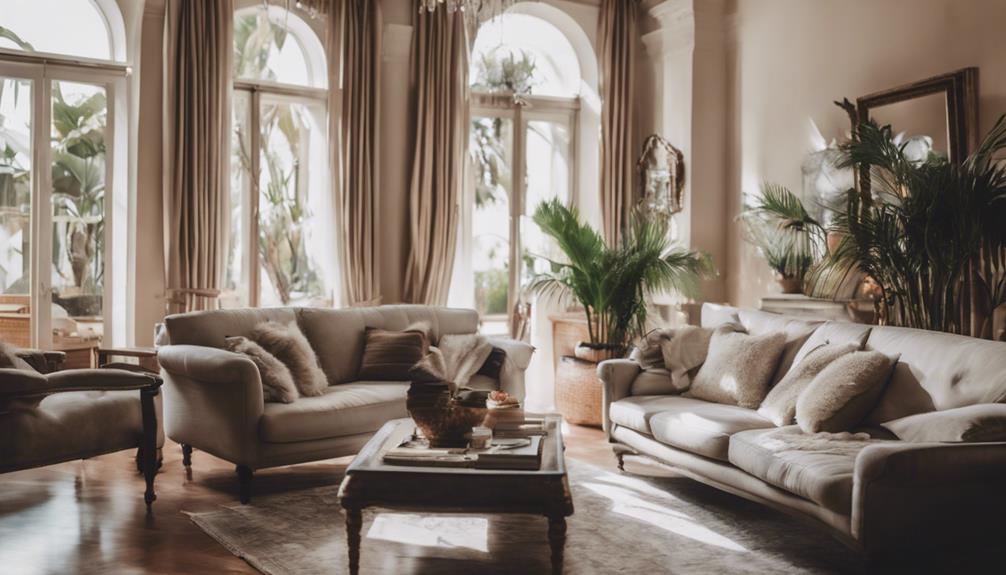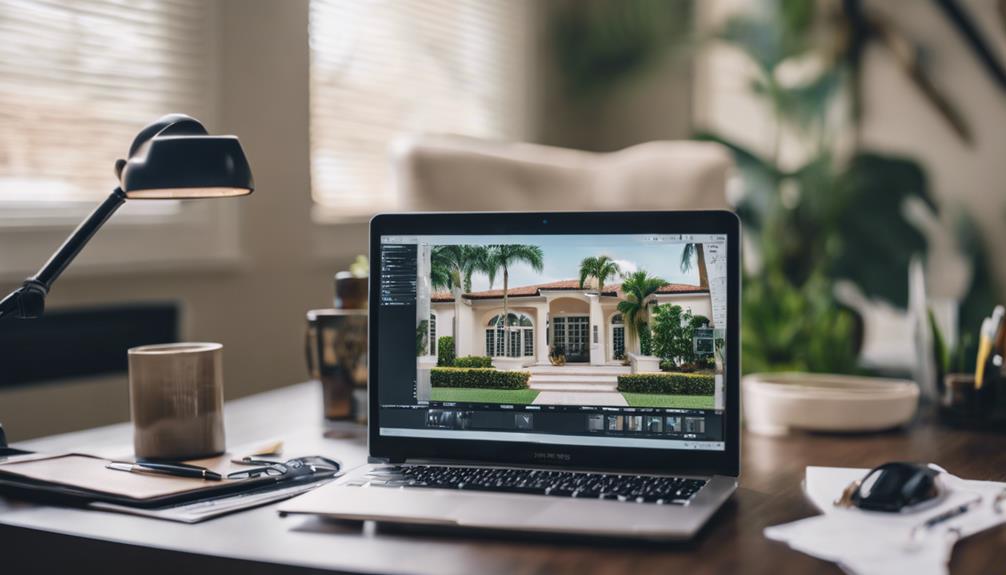Did you know that Naples, Florida, has a unique real estate market that demands superior photography skills? As a realtor, your success hinges on your ability to present homes in their best light, literally and figuratively.
But what are the tricks of the trade in this sunny corner of the Sunshine State? Let’s uncover the secrets of real estate photography in Naples, and why it might just be the key to your next big sale.
Understanding Naples’ Real Estate Market

To excel in real estate photography in Naples, you’ve got to first familiarize yourself with the nuances of its vibrant and competitive real estate market. Naples isn’t just another city in Florida; it’s a hub for luxury real estate, boasting an array of high-end properties. It’s also a diverse market, with a mix of beachfront homes, golf course properties, and urban condos.
But understanding Naples’ real estate isn’t just about knowing the types of properties. You’ve got to grasp the demographics too. The market is primarily driven by wealthy retirees and vacation home buyers. Hence, you must know what appeals to these audiences.
Additionally, you’ve got to have a firm grasp on the trends shaping the Naples real estate market. For instance, there’s a growing trend towards modern, minimalist design in Naples. Thus, your photography should highlight these elements.
Importance of High-Quality Photography
Now that you’ve got a sense of Naples’ real estate market, let’s focus on the crucial role high-quality photography plays in this competitive field. As a Florida realtor, you must understand that in today’s digital world, first impressions are often made online. Potential buyers might never step foot inside a property if the photos don’t attract their attention.
High-quality photos showcase properties in their best light, helping to highlight their unique features and charm. Blurry, dark, or poorly composed photos can turn off potential buyers, reducing the perceived value of a property. It’s not just about having a good camera; it’s about understanding lighting, angles, and composition.
High-resolution photos can also reach more potential buyers. They can be used across different platforms, like property listings, social media, and print advertisements, ensuring a consistent and professional image. They also give you a competitive edge. In Naples’ bustling real estate market, the difference between a sale and a missed opportunity can often come down to the quality of your photos.
In short, investing in high-quality photography isn’t just an option—it’s a necessity for any successful Florida realtor.
Staging Tips for Better Photos

Before you even press the shutter button on your camera, it’s essential to properly stage the property to highlight its best features and create an inviting atmosphere for potential buyers. As a Florida realtor, you’ll understand that staging isn’t just about moving furniture around. It’s about showcasing the lifestyle the property offers, and that requires a well-thought-out plan.
Start with decluttering. Remove any personal items or unnecessary objects that may distract the eye. Create a clear, clean space that allows buyers to envision themselves living there. Next, consider the property’s lighting. Natural light is a realtor’s best friend in Florida, but for rooms with less sunlight, add warm, artificial lighting to create a cozy ambience.
Don’t forget the outside. Curb appeal is crucial in Florida’s competitive real estate market. Mow the lawn, prune the bushes, and ensure the pool is crystal clear. Finally, add a few subtle touches that evoke the Florida lifestyle, like a tastefully set outdoor dining table. Remember, your goal as a realtor is to sell not just a house, but a dream. Proper staging can significantly enhance your real estate photography and help you achieve that goal.
Essential Real Estate Photography Gear
Once you’ve meticulously staged the property, it’s time to arm yourself with the right photography gear to capture its essence. As a seasoned FL realtor, I can tell you, you’ll need a quality DSLR or mirrorless camera with a wide-angle lens. This lens allows you to capture more of each room, creating a spacious, inviting feel in the photos.
Investing in a tripod is also crucial. It ensures stability and sharpness in your shots, even in low-light conditions, a common challenge in real estate photography. An off-camera flash is another must-have. It provides additional light where needed and reduces harsh shadows, resulting in more balanced, appealing pictures.
Post-Production Best Practices

After capturing the perfect shots of your property, it’s crucial to fine-tune them during the post-production process to truly make them shine. This process involves a variety of techniques, including color correction, cropping, and retouching. Remember, the goal isn’t to misrepresent the property but to present it in the best possible light.
Start by adjusting the exposure. Even with the best lighting, some areas may appear too dark or too bright. Use editing software to balance these regions, ensuring every detail of the property is visible. Next, correct the color balance. The idea here is to make the photos look as natural as possible. Overly warm or cool images can be off-putting.
Don’t overlook the importance of cropping. A well-cropped photo can eliminate distractions and focus the viewer’s attention on the best features of the property. Lastly, consider retouching. Small imperfections, like a scratch on the wall or a smudge on the window, can be easily fixed.
